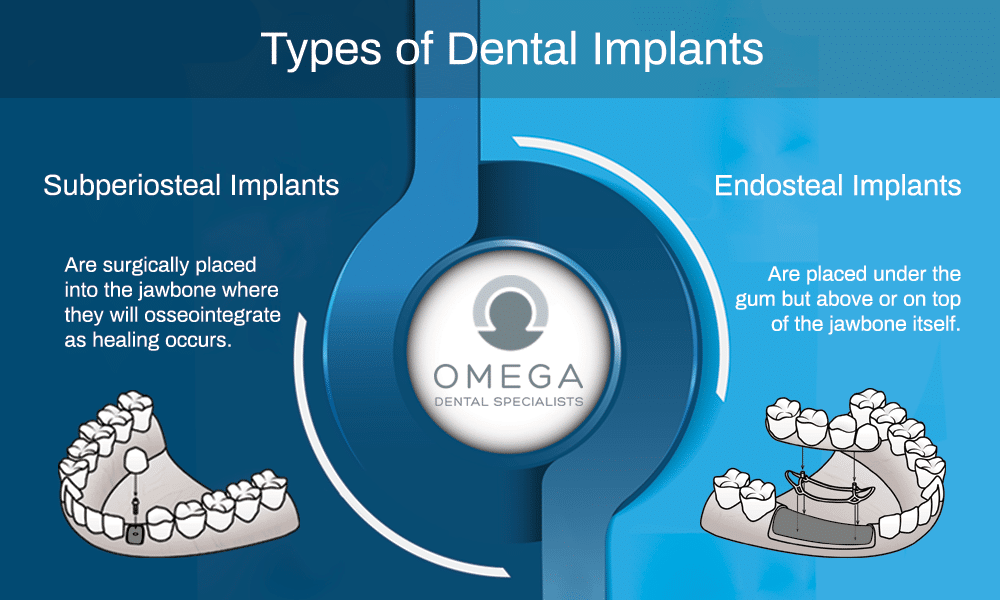The Main Principles Of Dental Sense
The Main Principles Of Dental Sense
Blog Article
3 Simple Techniques For Dental Sense
Table of ContentsA Biased View of Dental Sense8 Easy Facts About Dental Sense ExplainedThe Of Dental SenseThe Facts About Dental Sense Revealed
are medical tools operatively implanted into the jaw to restore an individual's capability to eat or their look. They give assistance for man-made (phony) teeth, such as crowns, bridges, or dentures. When a tooth is shed as a result of injury or illness, an individual can experience issues such as rapid bone loss, malfunctioning speech, or modifications to chewing patterns that lead to discomfort.Dental implant systems include a dental implant body and dental implant joint and may likewise include a joint fixation screw. Front tooth filling. The oral implant body is operatively put in the jawbone in place of the tooth's root. The dental implant joint is usually connected to the implant body by the joint addiction screw and extends with gum tissues right into the mouth to support the attached artificial teeth
(https://www.avitop.com/cs/members/dentalsense1.aspx)Framework of The Oral Implant System choosing dental implants, talk to your oral service provider concerning the potential advantages and dangers, and whether you are a candidate for the treatment. Points to think about: Your overall health is a vital factor in establishing whether you are a great prospect for oral implants, just how long it will require to heal, and how long the implant may remain in location.
Smoking might influence the healing process and lower the long-lasting success of the implant. The recovery process for the dental implant body may take numerous months or longer, during which time you typically have a short-lived joint in area of the tooth. the dental implant procedure: Thoroughly adhere to the oral health instructions offered to you by your dental service provider.
Dental Sense - Questions
Implant failure can cause the demand for an additional medical treatment to fix or change the dental implant system. Recovers the capability to eat Brings back aesthetic look Helps keep the jawbone from shrinking because of bone loss Preserves the wellness of the bordering bone and gum tissues Helps maintain nearby (neighboring) teeth secure Boosts lifestyle Damage to surrounding all-natural teeth during dental implant placement Injury to the surrounding tissues throughout surgical procedure, such as sinus opening Injury throughout surgical treatment (as an example, crack of bordering jawbone) Inadequate function, such as really feeling like the teeth do not bite with each other normally A sensation that the tooth is loose or twisting in position arising from a joint screw loosening up Implant body failure (looseness of the implant body) because of systemic infection, which might be a lot more most likely in clients with unchecked diabetes mellitus because of local infection in bone and gums supporting the dental implant body because of postponed recovery, which may be most likely in individuals who smoke Difficulty cleansing the gums around the dental implant, resulting in bad oral health Without treatment periodontal disease Post-surgical pins and needles because of nerve impingement or damage Constantly alert healthcare carriers and imaging technicians that you have oral implants prior to any type of magnetic vibration imaging (MRI) or x-ray treatments.
FDA is not familiar with any adverse occasions reported for MRI or x-ray treatments with dental implants. Dental implants systems are normally constructed from products that follow global consensus criteria of the International Organization for Standardization (ISO) or ASTM International. These requirements have information of what makes a safe product.

An oral implant is a framework that replaces a missing tooth. With screw-like devices, the doctor inserts an implant right into the jawbone, and it works as an anchor for a synthetic tooth, called a crown. A gadget called an abutment links the artificial tooth to the oral implant. The crown is tailor-made to fit the person's mouth and match the shade of their teeth.
The Facts About Dental Sense Uncovered
Some people are not qualified for oral implant surgery. It is for oral doctors to run on people with: acute illnessuncontrollable metabolic diseasebone or soft tissue disease or infectionIf these concerns are dealt with, a person can have the surgical treatment. In, dental more info here specialists avoid operating on individuals with: If people with any of the above undergo oral implant surgery, there is a greater danger of the dental implant stopping working.

Oral dental implant surgical procedure is a personalized procedure. Offer you time to heal. Affix the article and last crown, bridge or denture.
Next, your cosmetic surgeon will very carefully position the dental implant into your jaw. If your dental implant is near the front of your mouth, your dental professional will make a momentary tooth for you to use up until you recover.
The Greatest Guide To Dental Sense
Throughout the healing phase, your jawbone needs to fuse to the oral implant. This process can take anywhere from 3 to nine months.
As soon as your dental implant heals, your dentist can connect the abutment (tiny connector post) and your last reconstruction (crown, bridge or denture). This generally takes about one hour to finish and may call for a second minor surgery. You shouldn't really feel any type of pain during your oral implant treatment since your service provider will certainly use drug to numb your periodontals.
Report this page